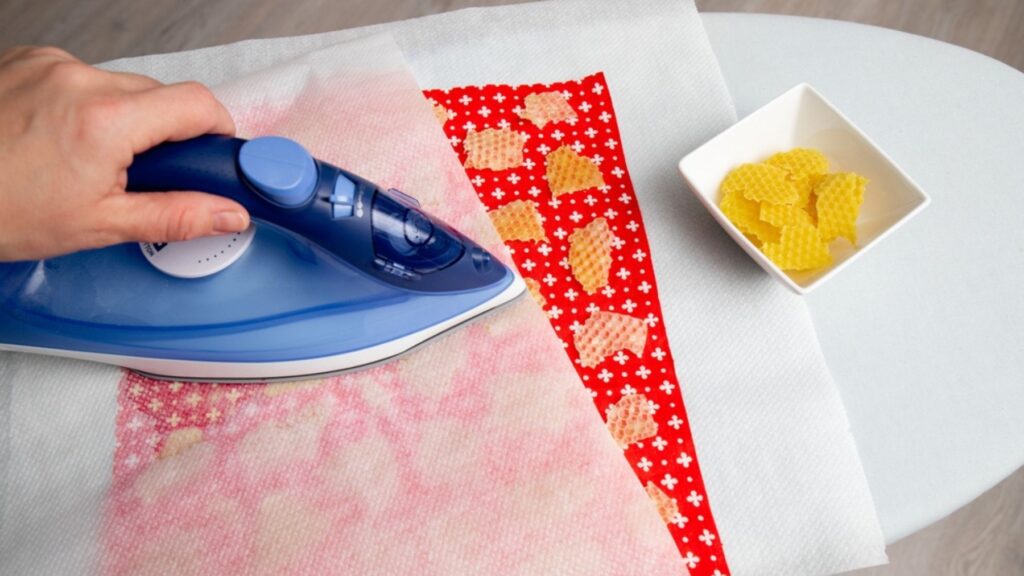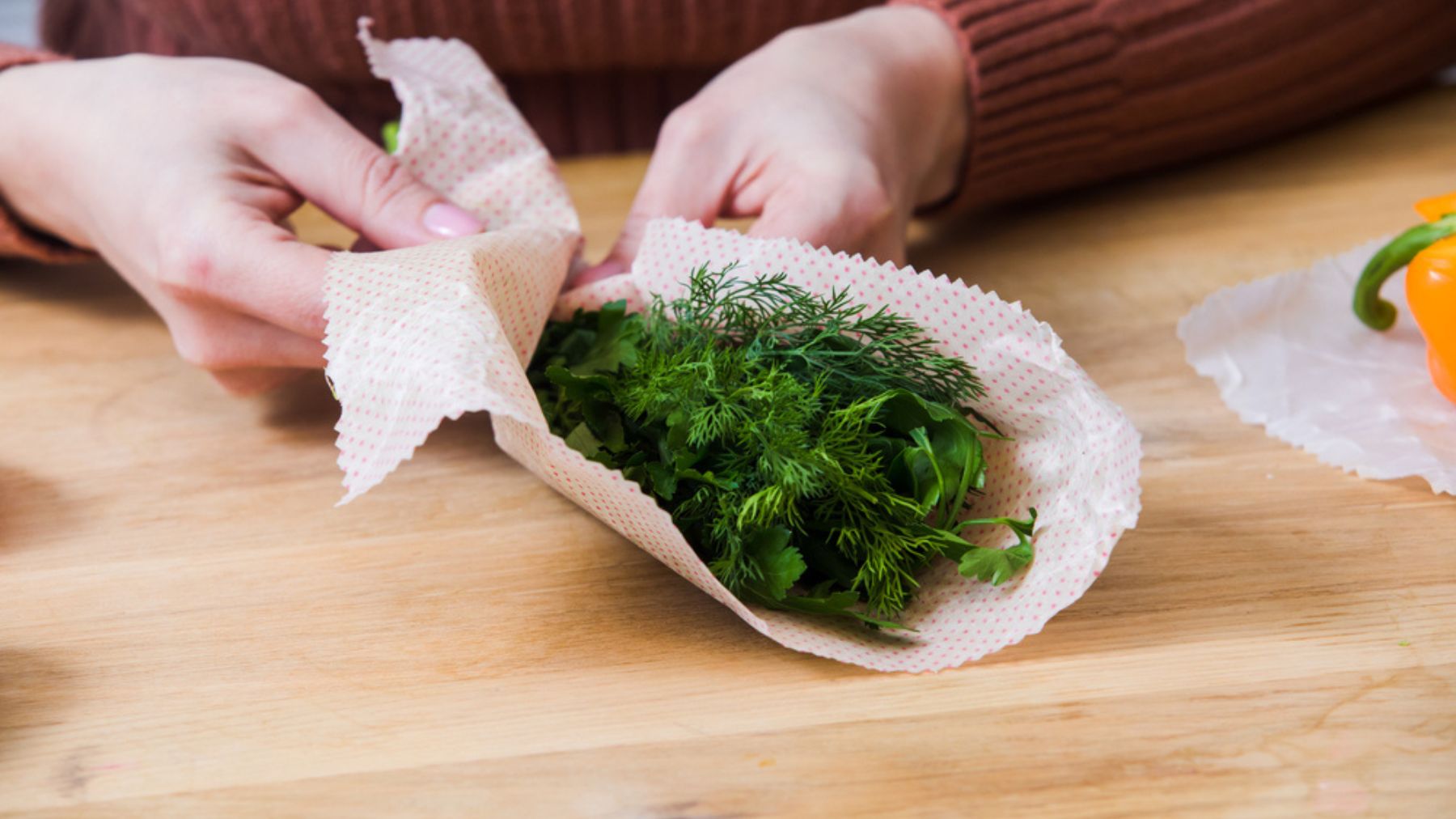Beeswax wrappers: an eco solution from the past
Beeswax has been known and used for thousands years. We have made cosmetic treatments out of it, candles but also a tool for food preservation. Maybe indeed we have never really paid attention to it, but some kinds of cheeses have always been preserved in wax. For the past few years then, beeswax wrappers have been making a comeback. Let’s find out their history and why we should start using them in the kitchen.
People and beeswax
People’ s use of beeswax is lost in the mists of time. Starting with the ancient Egyptians we have concrete evidence of its use. It is widely used in traditional Chinese medicine and since the Middle Ages we know that it has been used for food preservation. After all, it is a natural substance that was created for just that purpose. Bees secrete it from a special gland and use it to create cells that can hold nectar, honey and larvae.
Wax is chemically stable, resistant to water and oxidation. It is transpiring and does not alter what it contains in any way. It withstands low temperatures and its liquefaction point is 62 degrees. After experiencing a period of widespread use in the food industry, it suffered a gradual decline with the rise of plastics. Only in recent years has it been rediscovered, and now beeswax wrappers are a valuable green alternative to plastic wrap.
How beeswax wrappers work
Beeswax wrappers are nothing more than pieces of cloth coated with wax. They can be found in stores in different shapes and patterns, but you can also make them at home. Just take some cotton cloth, buy some solid wax, sprinkle flakes on the fabric and then stretch it by covering it with baking paper. This way the wax will melt and spread over the entire surface. Do it both on one side and the other, and that’s it.

But how to use them? Beeswax wrappers are perfect for wrapping cheese, storing cut fruits and vegetables, sealing containers for storage in the refrigerator, but also for transporting sandwiches for a picnic. Basically, use them to replace plastic wrap or to close containers that always end up losing their lids or tops. The layer of wax makes the cloth quite rigid and able to take and hold the shape you give it.
Their maintenance is simple, just rinse them under a stream of cold water and store them lying down. If you in fact fold them they may create some sort of cracks in the wax layer. If well treated they can last up to a year; then you can decide whether to re-wax them or replace them. When they are no longer useful, throw them in the organic bin (if the cloth is 100% cotton and not dyed) or, they can turn into excellent fire starters.
